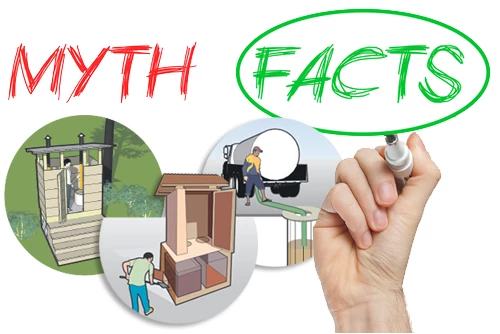
Co-authors:
The Bill & Melinda Gates Foundation – Jan Willem Rosenboom
The University of Leeds – Barbara Evans
Emory University – Christine Moe & Eduardo Perez
WaterAid – Andrés Hueso
Plan International – Darren Saywell
Today, on World Water Day, which this year is dedicated to wastewater, we’d like to seize the occasion to debunk some of the myths that prevent sector experts and city managers all over the world from implementing effective urban sanitation solutions:
Myth #1: People don’t demand improvements in sanitation where it is deficient or absent
In fact: There is latent demand for sanitation services even in the poorest areas. What is sometimes true however is that low income residents often feel unable to affect change, especially when facing uninterested politicians, land tenure limitations, and technical challenges, and they are reluctant to openly express their demands. [1]
Myth #2: Poor people are not willing to pay for sanitation services
Myth #3: There isn’t enough money to solve the urban sanitation problem
In fact: There are available resources but they need to be better allocated and used more efficiently. Investments needs are huge — 40% of estimated funds needed to extend universal access to safely managed water, sanitation and hygiene are needed for urban sanitation. In addition to increasing public budgets, which will be necessary but not sufficient, service providers and households need to be supported to make efficient investment decisions. Private financing can be leveraged for investment opportunities, especially if public funds are used more strategically.
Myth #4: Investing in urban sanitation is not productive
Myth #5: Centralized conventional sewers and wastewater treatment are the only way to solve the urban sanitation crisis
Myth #6: Solving urban sanitation is all about toilets
Myth #7: Sanitation produces waste that is a nuisance to be eliminated
In summary, there is no silver bullet; no simple, single solution to urban sanitation challenges. We must develop locally relevant and innovative solutions along the sanitation service chain that put customers first and focus as much on service management as on technology. City planners and other sector decision makers should consider the tradeoffs along the service chain between, for example, providing basic access to a toilet to all versus providing sewers and advanced wastewater treatment to the few.
Debunking these myths is part of our effort to help sanitation sector professionals in transforming their thinking and practices to deploy both old and new solutions in smarter ways to achieve sustainable, equitable and safe management of excreta for a whole city.
We’ll be issuing a Call to Action in April with a growing consortium of institutions to mobilize all stakeholders to radically shift their practices in order to achieve citywide inclusive sanitation .
Join us as we commit to this challenging yet critical goal!





Join the Conversation